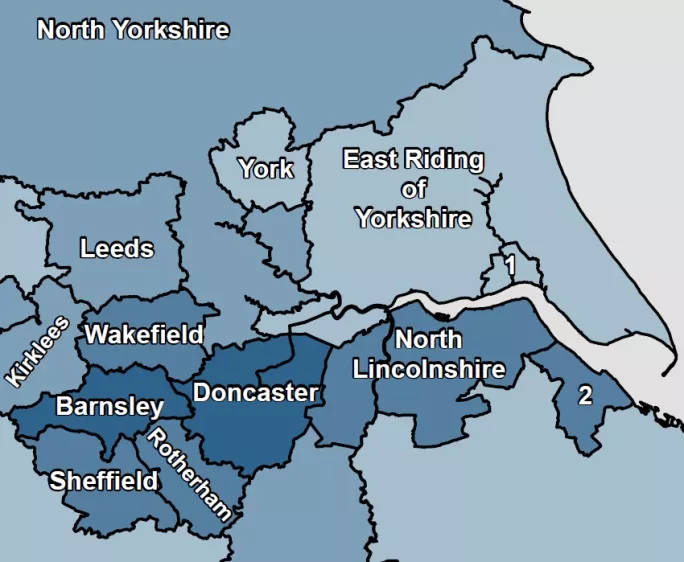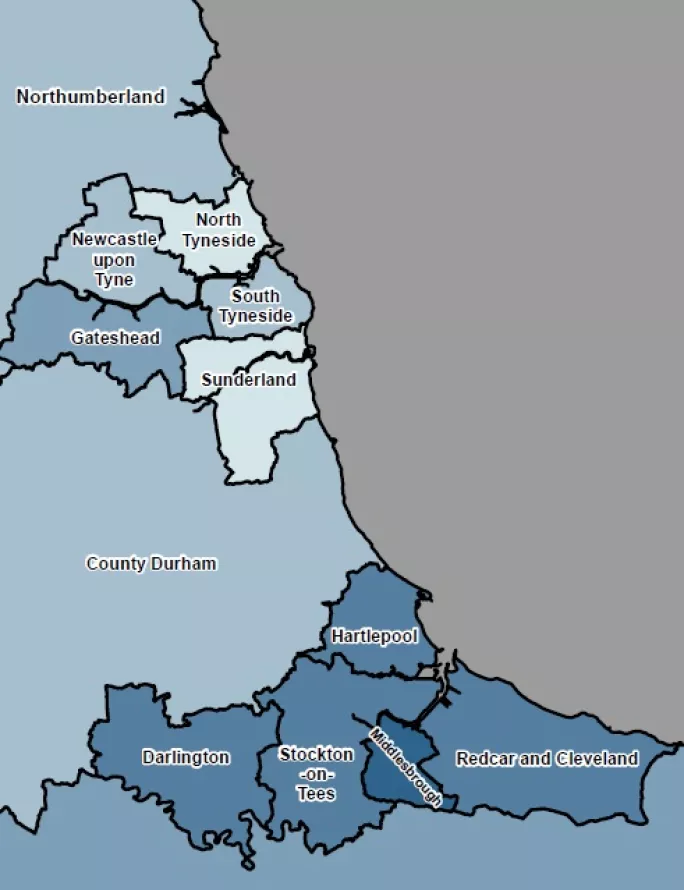Major variations in the number of pupils being excluded from school in different parts of the country have been revealed by new figures, with several hotspots in the North of England.
The Department for Education has mapped out the proportion of children being excluded in different local authority areas.
The research reveals that parts of the North East and South Yorkshire have seen much higher rates of fixed-term exclusions than the national average.
Higher rates of exclusions
It also provides a breakdown of permanent exclusions - but this shows a less stark contrast than the picture provided for fixed-term exclusions.
Map showing fixed-term exclusion rates:
Nationally, there were 381,665 fixed-period exclusions, which works out at 4.76 per cent of the number of pupils in English schools in 2016-17.
However, in some parts of the country the level of fixed-term exclusions was much higher.
In Middlesbrough the 4,417 fixed-term exclusions in 2016-17 works out at 18.5 per cent of the pupils in the area.
Elsewhere in the North East, the exclusion rate in Redcar was 11.6 per cent, in Hartlepool it was 9.8 per cent and in Stockton-on-Tees it was 8.6 per cent.
Parts of the Yorkshire and Humber region also had much higher fixed-term exclusion rates than the national average.
In Doncaster the figure was 20.4 per cent, in Barnsley it was 16.8 per cent and in North Lincolnshire it was 9 per cent.
There were regional variations across the country. Telford and Wrekin had the highest fixed-term exclusion rate in the Midlands at 13.1 per cent.
When the figures are broken down by government region, Yorkshire and the Humber had the highest fixed-term exclusion rate at 7.2 per cent, followed by the North East at 5.9 per cent and the South West at 5.1 per cent.
The lowest fixed-term exclusion rate was in London - at 3.6 per cent.
Earlier this year, Cathryn Kirby, Ofsted’s regional director for the North East, Yorkshire and the Humber, wrote to headteachers highlighting the fact that exclusion rates were among the highest in the country in eight of the local authorities in her patch.
Ms Kirby is also calling on her inspectors to pay particular attention to schools’ use of exclusions when making judgements about leadership, management and pupil behaviour.
Yorkshire and the Humber by fixed-term exclusions:
The North East of England:







